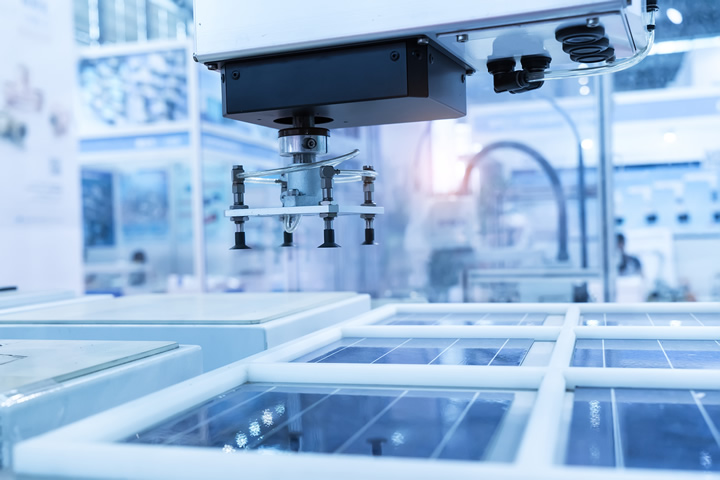A brighter future? Automation trends of 2021

Despite the obvious disruptions caused by COVID-19, the future for manufacturing looks bright. According to the National Association of Manufacturers (NAM) third quarter 2020 outlook survey, 66 per cent of manufacturer respondents are positive about their company’s outlook over this year, with increases expected in sales, employment, production growth rate and wages. Here, Claudia Jarrett, country manager at industrial parts supplier, EU Automation, analyses how automation will make 2021 a very fruitful year.
The NAM report, which is revised each quarter to reflect the historical data, states demand and business disruptions the manufacturing sector faced in early 2020. For instance, real GDP fell dramatically by an annualized 31.7 per cent in the second quarter, the largest quarterly decline in the history of the series, dating back as far as 1947.
However, the latest Manufacturing Institute for Supply Management’s (ISM) Report on Business, reveals that economic activity in the manufacturing sector grew significantly in October 2020. In fact, the overall economy saw a sixth consecutive month of growth, which is America’s strongest manufacturing growth in two years.
Displaying a willingness to adapt and a degree of resilience, manufacturers are implementing strategies which might turn into the winning formula for a successful 2021. So, let’s see how this could be the case.
Advanced robotics
Many manufacturing plants have found themselves with emptied premises, due to shutdowns or to the necessity to stagger shifts or move part of their workforce to remote working. Plants, however, required the usual amount of upkeep and extra services, such as daily deep cleaning and extra maintenance for equipment pushed to its limit to meet spikes in demand or make up for lost productivity.
To do this while reducing on-site personnel, companies have increasingly turned to robots, with the consequence that stock prices for advanced robotics soared in 2020.
As a result, a study from the MPI Group reveals that 34 per cent of manufacturers have plans to incorporate internet of things (IoT) technology into their processes, while 32 per cent plan to embed IoT technology into their products. Therefore, this trend will likely continue in 2021, with companies purchasing advanced robots to automate routine tasks and comply to social distancing regulations.
Reliable supply chains
Remember the days when toilet paper and hand sanitizer were luxuries? During lockdown, people worldwide have experienced first-hand the consequences of complex supply chains that heavily rely on one geographical area.
To prevent this from happening again, manufacturers must seek to eliminate single-source dependencies by diversifying their supply chains in 2021. We will witness a shift from global to regional sourcing, with manufacturers sourcing raw materials closer to home and producing components, which were traditionally outsourced for manufacturing, in-house.
In addition, companies will also need to invest in inventory management solutions that provide visibility across all nodes of their supply chains, beyond their tier-one suppliers. In this way, manufacturers will be able to react quickly if one node is unable to fulfil an order.
This is where establishing a relationship with a reliable parts supplier is essential. Industrial automation parts suppliers, like EU Automation, deliver parts in quick turnaround, ensuring replacements can be sourced timely to prevent downtime and maintain supply chain stability.
Producing sustainably
Lockdown gave nature a chance to reclaim its spaces — footage of wild animals cruising town centers undisturbed made headlines.
Next year, pressure from consumers and governments will push manufacturers to intensify their efforts to produce sustainably. Recent HIS Markit research shows that the pandemic has reinforced existing policies to decarbonize industry, with Canada, the European Union, the UK and China leading the way. In fact, according to the Energy Information Administration (EIA), U.S. renewable energy consumption has surpassed coal for the first time in over 130 years, meaning that sustainability will continue be at the core of investors’ agendas.
Now, an increasing number of global corporations are also advocating for sustainability. Apple, for example, announced in July 2020 that it is expecting to make all its supply chains and products carbon neutral by 2030. It is expected a growing number of companies will follow suit and launch similar initiatives in 2021.
Despite last year’s disruptions, manufacturing’s future looks bright. For those considering investing in automation technologies, rest assured as EU Automation has stood by manufacturers’ side during the most challenging moments of the pandemic and will continue to do so in the year of resurgence.
Comments (0)
This post does not have any comments. Be the first to leave a comment below.
Featured Product

